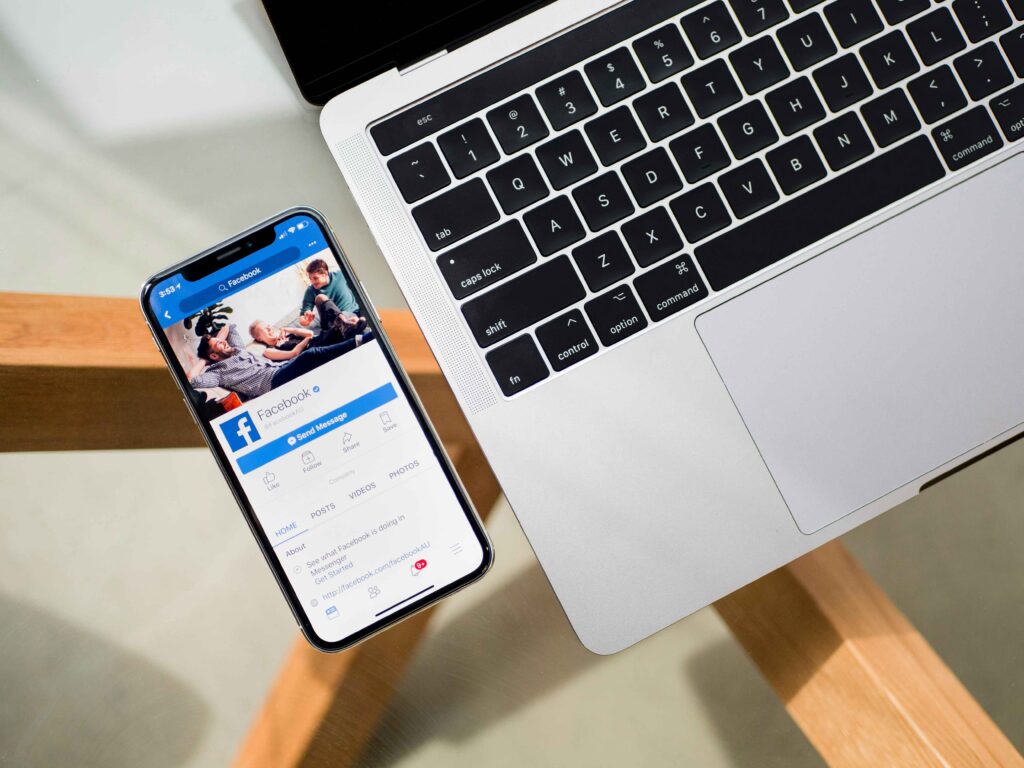Advertising on Facebook remains a powerful tool for businesses to reach their target audience and generate profitable sales. With over 2.8 billion monthly active users, Facebook provides an unparalleled platform to connect with potential customers. However, to succeed in 2024, you need to stay updated with the latest strategies and best practices. This guide will take you through the steps to create effective Facebook ads that drive profitable sales.
Step 1: Understand Your Target Audience
The first and most crucial step is to understand your target audience. Knowing who your customers are, what they like, and how they behave online will help you create ads that resonate with them. Use Facebook’s Audience Insights tool to gather data about your audience’s demographics, interests, and behaviors. Create detailed buyer personas that include age, gender, location, interests, and online habits.
Step 2: Set Clear Goals
Define what you want to achieve with your Facebook ads. Are you looking to increase brand awareness, drive traffic to your website, generate leads, or boost sales? Setting clear goals will guide your ad creation process and help you measure success. Use the SMART criteria (Specific, Measurable, Achievable, Relevant, Time-bound) to set your goals.
Step 3: Choose the Right Ad Format
Facebook offers a variety of ad formats, each suitable for different goals and audiences. The main formats include:
- Image Ads: Simple and effective, ideal for showcasing products.
- Video Ads: Engaging and informative, perfect for storytelling.
- Carousel Ads: Allows multiple images or videos in a single ad, great for displaying product ranges.
- Slideshow Ads: Lightweight videos made from a series of images.
- Collection Ads: Showcase a collection of items, ideal for e-commerce.
Choose the format that best aligns with your goals and the type of content you have.
Step 4: Craft Compelling Ad Copy and Visuals
Your ad copy and visuals are critical to grabbing attention and driving action. Keep your copy concise, clear, and compelling. Highlight the benefits of your product or service and include a strong call-to-action (CTA). Use high-quality images or videos that are visually appealing and relevant to your message.
Step 5: Leverage Facebook Pixel
Facebook Pixel is a piece of code you place on your website to track conversions, optimize ads, build targeted audiences, and remarket to people who have taken some action on your site. It’s essential for measuring the effectiveness of your ads and making data-driven decisions.
To set up Facebook Pixel:
- Go to Facebook Events Manager.
- Click “Connect Data Sources” and select “Web.”
- Choose Facebook Pixel and follow the instructions to install it on your website.
Step 6: Define Your Budget and Bidding Strategy
Decide how much you are willing to spend on your Facebook ads. Facebook offers various bidding strategies to control your spending and optimize for different goals. The most common strategies include:
- Cost-Per-Click (CPC): Pay each time someone clicks on your ad.
- Cost-Per-Impression (CPM): Pay for every 1,000 impressions.
- Cost-Per-Action (CPA): Pay when someone takes a specific action, such as making a purchase.
Set a daily or lifetime budget and choose the bidding strategy that aligns with your goals.
Step 7: Create Custom Audiences
Custom Audiences allow you to target specific groups of people who have already interacted with your business. You can create Custom Audiences from your customer lists, website traffic, app activity, or engagement on Facebook.
To create a Custom Audience:
- Go to Ads Manager and select “Audiences.”
- Click “Create Audience” and choose “Custom Audience.”
- Follow the prompts to upload your customer list, or select other sources like website traffic or app activity.
Step 8: A/B Testing
A/B testing involves running two or more versions of an ad to see which performs better. Test different elements such as headlines, ad copy, images, CTAs, and audience targeting. Analyze the results to determine which version drives the most engagement and conversions, then optimize your campaigns accordingly.
Step 9: Monitor and Optimize Your Campaigns
Regularly monitor your ad performance using Facebook Ads Manager. Key metrics to track include reach, engagement, click-through rate (CTR), conversion rate, and return on ad spend (ROAS). Use this data to identify what’s working and what’s not.
Make adjustments to your campaigns based on performance. For example, if a particular ad is performing well, consider increasing its budget. If an ad isn’t generating the desired results, tweak the copy, visuals, or targeting.
Step 10: Scale Your Successful Campaigns
Once you’ve identified successful campaigns, scale them to reach a larger audience and maximize your ROI. Increase your ad budget gradually to avoid overwhelming your audience and maintain ad relevance. Additionally, consider expanding your targeting to similar audiences or launching new ad formats to keep your campaigns fresh and engaging.

Read this blog, Top 7 Best LLC Services Companies for Small Business in the USA 2024
Conclusion
Advertising on Facebook in 2024 requires a strategic approach and continuous optimization. By understanding your target audience, setting clear goals, choosing the right ad formats, crafting compelling ad copy and visuals, leveraging Facebook Pixel, defining your budget, creating Custom Audiences, A/B testing, and monitoring and optimizing your campaigns, you can generate profitable sales and achieve your business objectives visit this website. Stay updated with the latest trends and best practices to stay ahead of the competition and make the most of your Facebook advertising efforts.
FAQs: Advertising on Facebook to Generate Profitable Sales in 2024
1. How do I identify my target audience on Facebook?
Use Facebook’s Audience Insights tool to gather data about your audience’s demographics, interests, and behaviors. Create detailed buyer personas including age, gender, location, interests, and online habits.
2. What ad formats should I use for my Facebook campaigns?
Choose from various ad formats based on your goals: Image Ads for showcasing products, Video Ads for storytelling, Carousel Ads for product ranges, Slideshow Ads for lightweight videos, and Collection Ads for e-commerce items.
3. How can Facebook Pixel help improve my ad performance?
Facebook Pixel tracks conversions, optimizes ads, builds targeted audiences, and remarkets to visitors. Install it on your website through Facebook Events Manager to make data-driven decisions and measure ad effectiveness.
4. What are the best practices for creating effective Facebook ads?
Keep ad copy concise and clear with a strong call-to-action (CTA). Use high-quality, relevant images or videos. Regularly A/B test different elements like headlines, visuals, and targeting to find what works best.
5. How should I monitor and optimize my Facebook ad campaigns?
Use Facebook Ads Manager to track key metrics like reach, engagement, CTR, conversion rate, and ROAS. Make data-driven adjustments to your campaigns, such as tweaking underperforming ads or scaling successful ones gradually.





